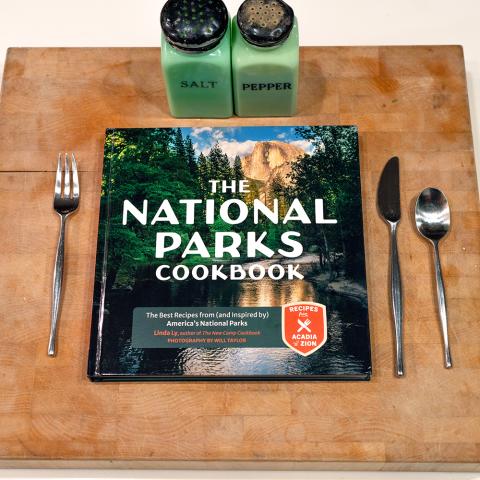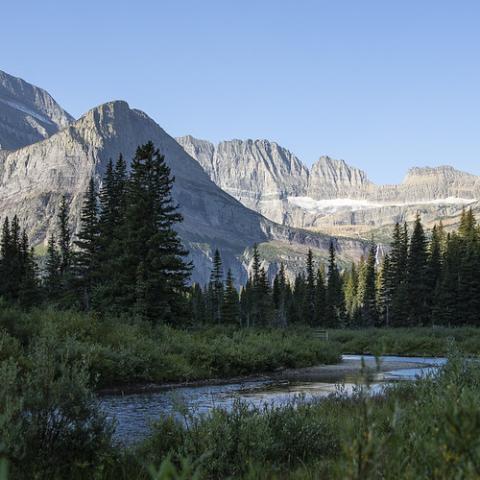A black bear that refused to be driven out of the Lake McDonald Lodge complex at Glacier National Park in Montana was put down by rangers after breaking into a cabin and trying to get into other buildings.
The healthy boar, estimated to be 9 years old and about 150 pounds, also was seen eating horse feed in the Lake McDonald Lodge corral that hadn't been properly stored. Rangers spent more than a week trying to haze the bear out of the area before finally euthanizing it on Monday.
The bear had broken into a concession employee housing cabin, though nobody was present in the cabin at the time, according to park officials. The bear matched the description and photos of a bear that had been reported multiple times in the area since Memorial Day weekend.
On Friday, May 24, a black bear was seen eating horse feed. That same night and the following morning, the bear returned, exhibiting little fear of humans or horses, park staff said. On Sunday, May 26, a private landowner in the immediate area reported that a bear had pushed in porch screens and caused other property damage at a local residence. Another nearby resident reported a black bear looking into their cabin windows.
For over a week, rangers spent hours in the Lake McDonald Lodge area locating the bear and using extensive aversive conditioning techniques to encourage the bear to seek out wild areas and natural food sources again. They made contact with the bear multiple times.
The bear finally was put down in a manner consistent with Glacier National Park’s Bear Management Plan.
Food-conditioned bears are those that have sought and obtained non-natural foods, destroyed property or displayed aggressive, non-defensive behavior towards humans and are removed from the wild. Food-conditioned bears are not relocated due to human safety concerns. Black bears are not good candidates for animal capture facilities, such as zoos and animal parks, due to the plentiful nature of the species throughout the United States, according to the Park Service.
Park visitors are reminded to keep campgrounds and developed areas clean and free of food and trash. Local residents and businesses located in and around the park are reminded to secure all types of non-natural food sources including garbage, livestock, feed, pet food, bird seed, and hummingbird feeders.
If you see a bear along the road, park staff say you should not stop. Stopping and watching roadside bears will likely start a "bear jam" as other motorists follow your lead. "Bear jams" are hazardous to both people and bears, as visibility is reduced and bears may feel threatened by the congestion. Report all bear sightings to the nearest ranger.
Glacier National Park is home to both black and grizzly bears. Hikers are highly encouraged to hike in groups, make noise when hiking, and have bear spray accessible and know how to use it.




 Support Essential Coverage of Essential Places
Support Essential Coverage of Essential Places






